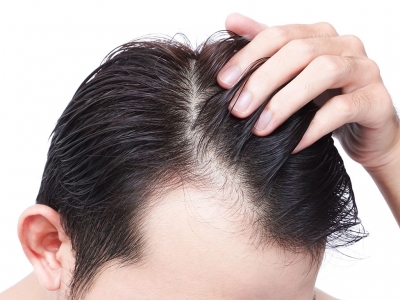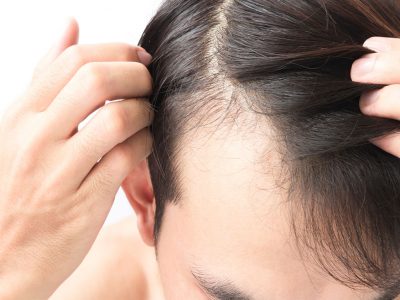
Hair Transplantation
What is hair transplantation?
The method called hair transplantation, hair transplant or surgical hair restoration is the process of removing healthy hair follicles in the donor area with minimal micro-surgical methods and placing them on the receiving area.

The high density in the donor area can be reduced to a certain extent and unnoticeably reduced. Obtained hair follicles are placed to the receiving area in line with the wishes of the patient and suggestions of the doctor.
The purpose of the distribution should be to obtain a good and aesthetically pleasing hair, and at the same time ensure that donor areas are reduced without being noticeable. The resurfacing hair is collected from the donor area with a limited supply.
The surgeon should use the follicles economically for postoperative hair loss.
How long is the life of transplanted hair?
Follicle units are collected from the donor area, that is, the area anatomically named so-called occipital area. After a successful collection, follicles are placed in areas of hair loss. The donor area is insensitive to the balding process and comes back permanently. Any transplanted follicular units are genetically resistant to male hormone (DHT (dihydrotestosterone)) and programmed for growing for life.
Which type of hair loss can be cured?

Hair transplantation can be applied to both sexes for women and men. But not every hair loss can be treated with hair transplant. Surgical hair restoration is applicable only to people with regional and male-type hair loss (Androgenic hair loss or androgenic alopecia).
Female-type hair loss (diffuse hair loss or non-androgenic hair loss) is a form of hair loss that is mostly seen in women, is not hormone dependent, and affects the entire haired area including the donor area. In this case, hair transplantation is not a priority treatment. A detailed examination of these patients by a specialist and examination of the laboratory tests is required.
Can the state before the hair loss be recovered after the operation?

DHT-insensitive follicular units that can be collected are limited in the donor area. Therefore, the economic use of donor roots collected from this area and their aesthetic distribution become pretty significant. In most patients, the final result only has a good effect if it has high density. A good and realistic planning and stopping hair loss are important factors. Realistic expectations and personal satisfaction are crucial to the renewal of self-confidence.
Is hair transplant operation painful?

Because the surgical procedure is performed under sedation and local anesthesia, the patient does not feel pain during the entire operation. First, sedation then local anesthesia will be applied to the donor area, extraction will take place and this will be followed by a similar procedure to the receiving area. After these applications, the patient will not feel pain, can listen to music comfortably, watch movies or chat. Some patients may experience mild pain after hair transplantation is finished, but this can often be limited to medication. You can contact us to find out about hair transplantation and treatments in Ankara and find answers to your questions.